WASHINGTON — When you think about major sources of pollution, what comes to mind? Transportation? Agricultural runoff? Energy production?
Believe it or not, one of the dirtiest things for the planet is the clean shirt on your back. The textile industry is the second largest polluter in the world, just behind oil.
“There’s waste at every step of the textile manufacturing process,” said Camille Ann Brewer, curator of contemporary art at the George Washington University Museum and The Textile Museum.
“Yarn production, weaving, the cutting out of patterns, irregulars that are tossed aside that don’t quite meet quality control — all of this textile cloth ends up somewhere, and where does it end up? In the landfill.”
On top of waste generated from production is the growing popularity of fast fashion, or trendy articles and accessories that are mass produced — often in sweatshops — and made inexpensive to consumers.
“Since [the year] 2000, our garment consumption has doubled,” Brewer said. “Young women are going out, buying something that’s inexpensive, that you can wear two or three times, and then it falls apart and is discarded.”
However, not everything in the world of runway glamour is gloomy. More designers are drumming up innovative ways to scrub the fashion industry of its dirty image, and the works of three such pioneers are on display at The Textile Museum through Jan. 7, 2018.
The exhibit “Scraps: Fashion, Textiles and Creative Reuse” showcases sustainable production methods from designers Luisa Cevese, Reiko Sudo and Christina Kim.
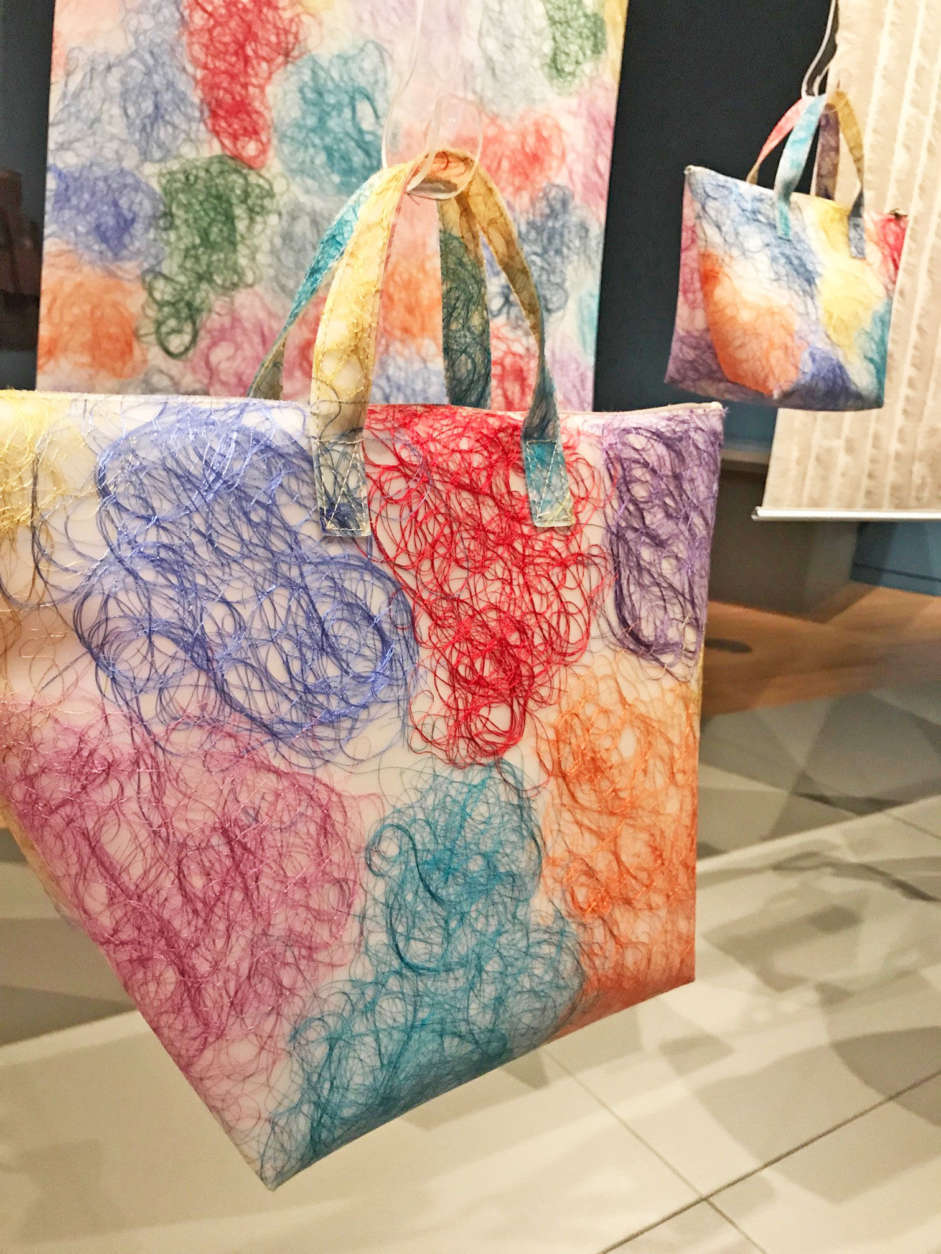
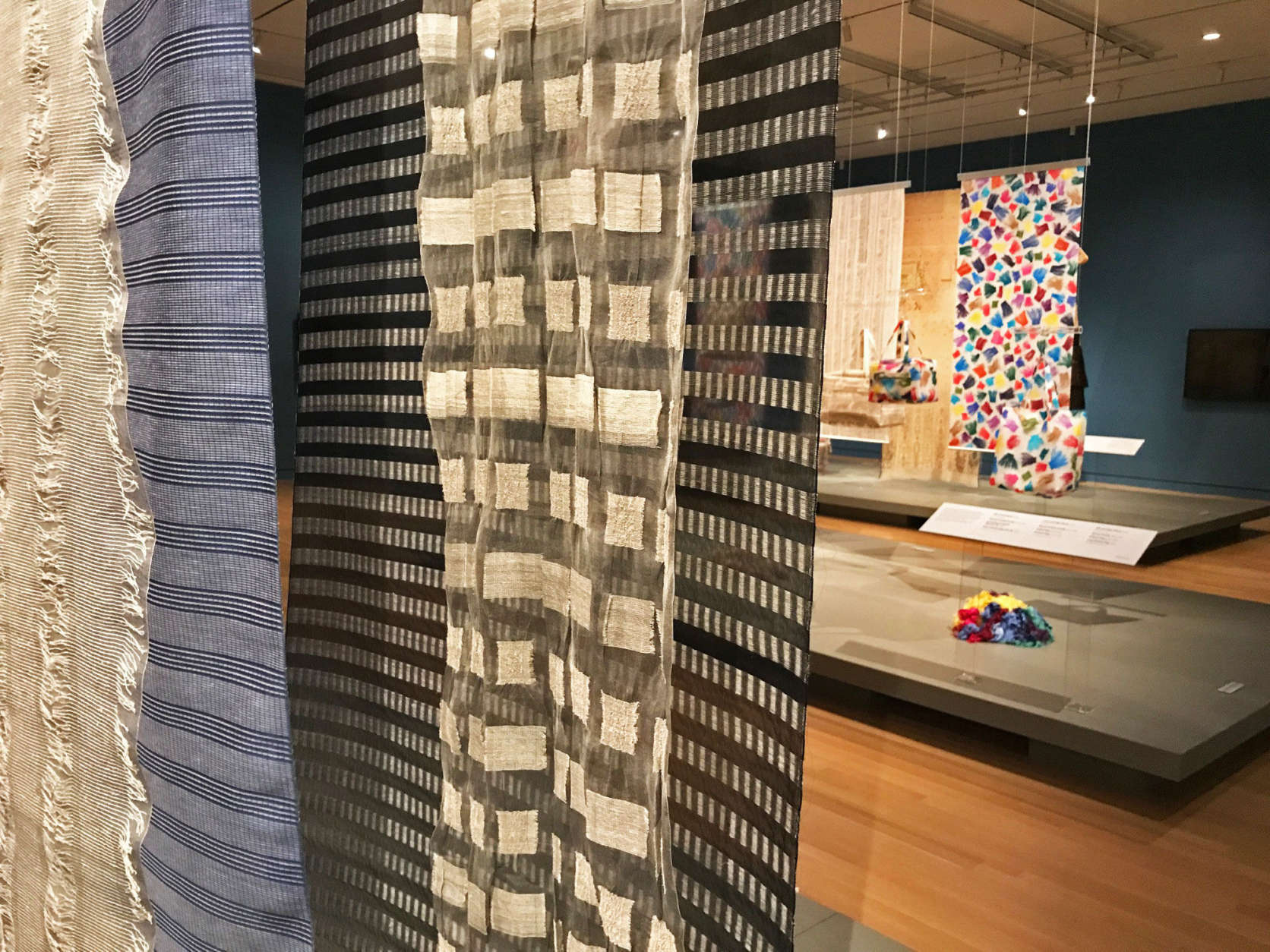
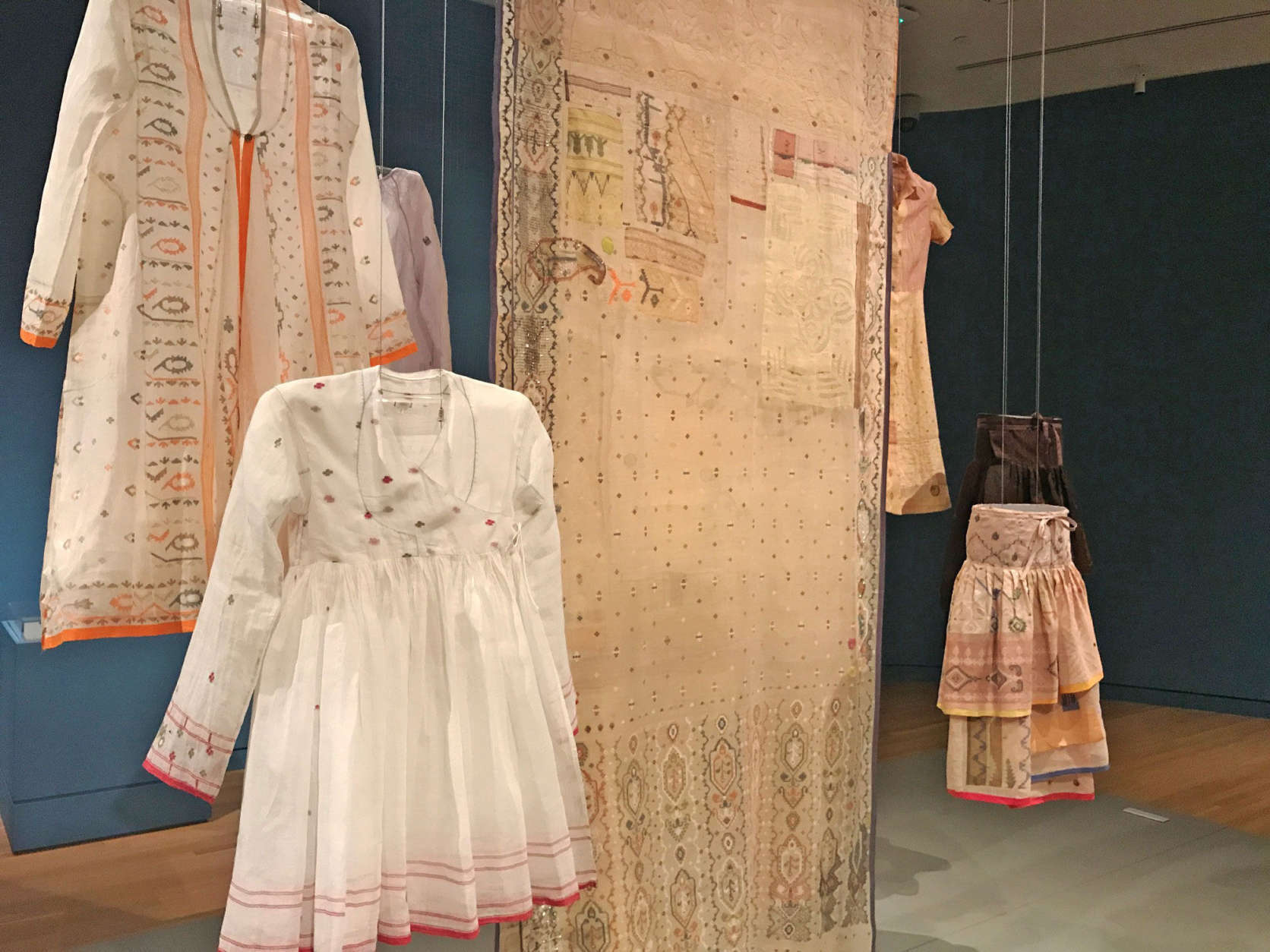
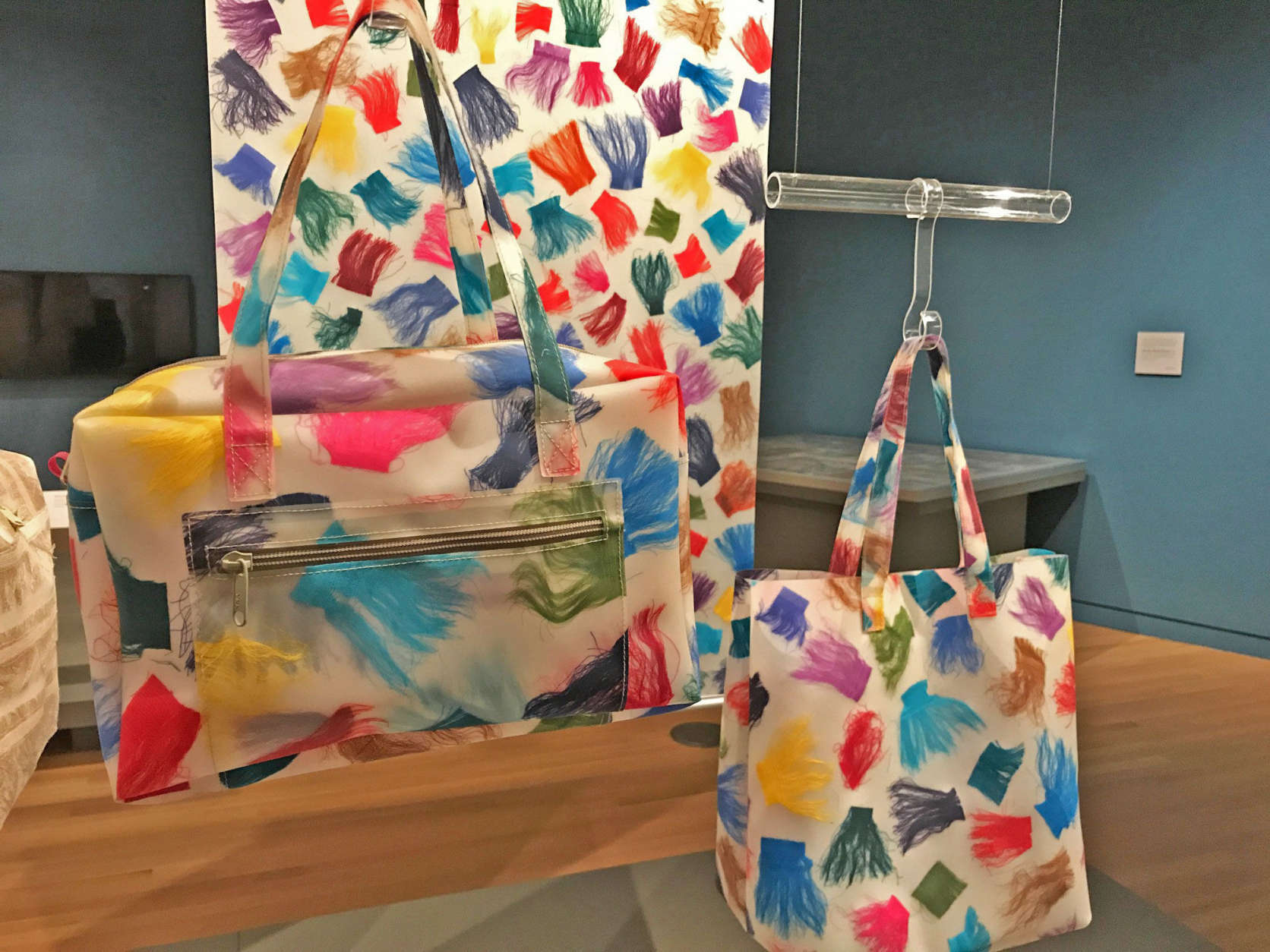
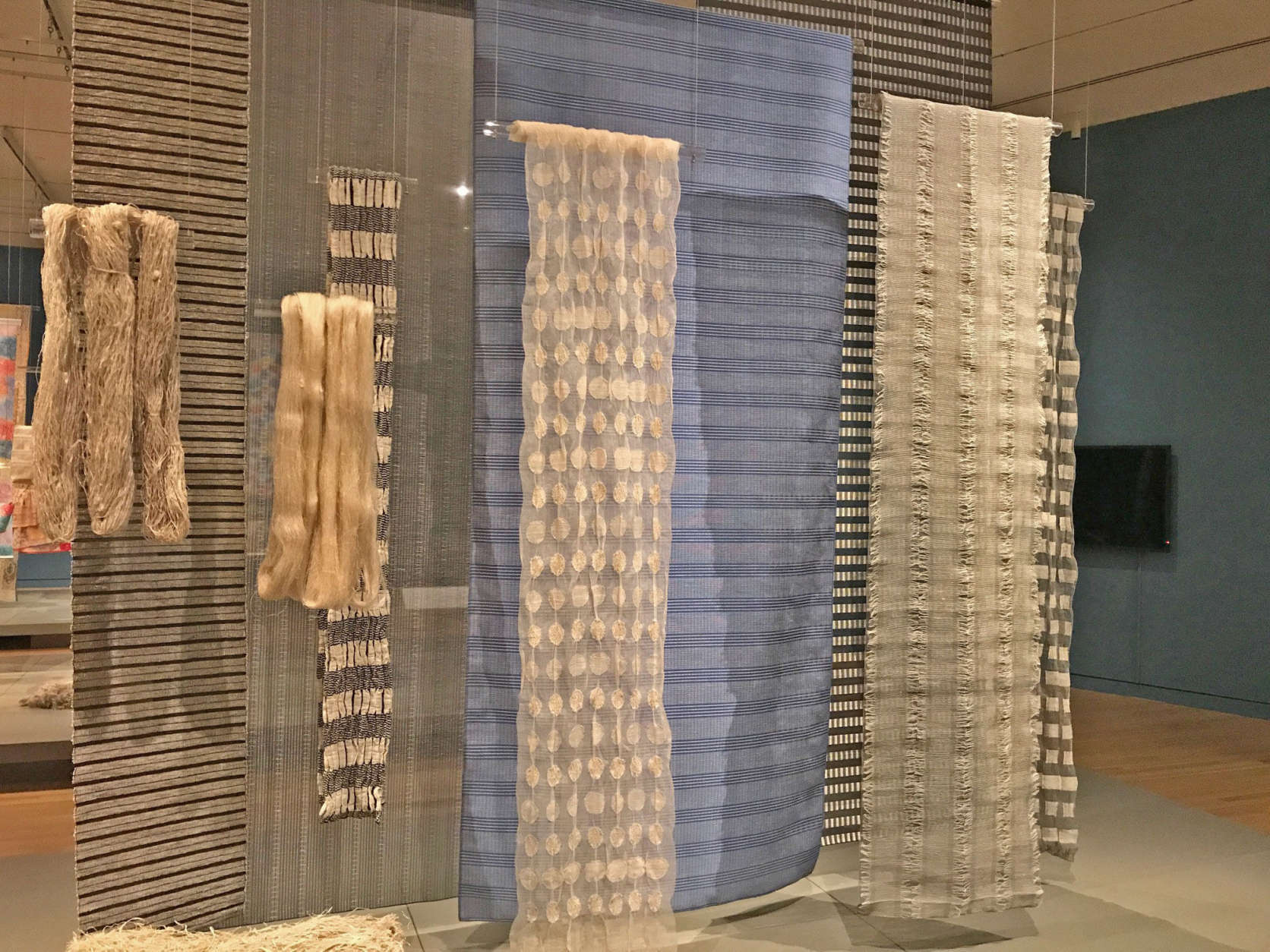
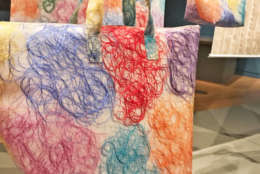
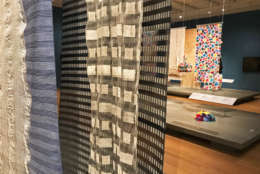
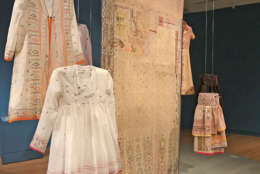
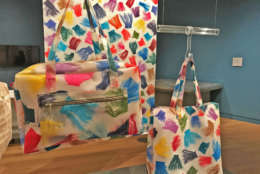
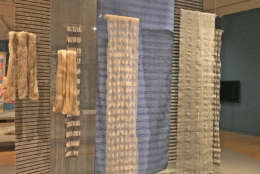
Cevese, a former high-ranking administrator in an industrial textile mill, grew tired of watching scraps fall on the factory floor, only to get swept up and thrown in the trash. So she decided to find a new use for the unwanted materials.
“She cleaned up the factory floor, cut up the remnants and sandwiched them between polyurethane sheets and fused them together and has created handbags and other fashion products,” Brewer said.
Similarly, designer Sudo saves the often-discarded kibiso (the outermost layer of the silk cocoon that protects the silk fiber), which she spins into a fine yarn that can be machine woven, and Los Angeles designer Kim collects scraps from the complicated sari-weaving process and reworks them into new articles of clothing.
“In the fashion industry, about 15 percent of the material is considered [waste] and is built into the process as waste,” Brewer said. “[Kim] saves everything. She’s come down to 2 percent waste; her goal is 0 percent waste.”
Brewer hopes the museum’s new exhibit, which opened to the public on Sept. 2, will make consumers think twice before casually discarding clothing and purchasing new pieces.
“I hope people come out to see these creative solutions to a major problem that we have, globally,” she said.
“The snowball effect will happen when the consumers ask for [something] different in the marketplace. And until that happens, we’ll continue to see the large volume of textiles produced.”
The museum will host a number of programs throughout the exhibit’s duration, including patchwork workshops and lectures with the designers. A trunk show, a fashion show and panel discussions are also on the calendar. Visit the museum’s website for more information.







